
© Yahoo NewsThe robots, seen here in a computer generated image, are around the width of a human hair.
Microscopic robotics are seen as having an array of potential uses,
particularly in medicine, and US researchers said the new robots offer "the potential to explore biological environments".
One of the main challenges in the development of these cell-sized robots has been combining control circuitry and moving parts in such a small structure.
The robots described in the journal
Nature are less than 0.1 millimetre wide -- around the width of a human hair -- and have four legs that are powered by on-board solar cells.
By shooting laser light into these solar cells, researchers were able to trigger the legs to move, causing the robot to walk around.
The study's co-author Marc Miskin, of the University of Pennsylvania, told AFP that a key innovation of the research was that the legs -- its actuators -- could be controlled using silicon electronics.
"Fifty years of shrinking down electronics has led to some remarkably tiny technologies: you can build sensors, computers, memory, all in very small spaces," he said. "But, if you want a robot, you need actuators, parts that move."
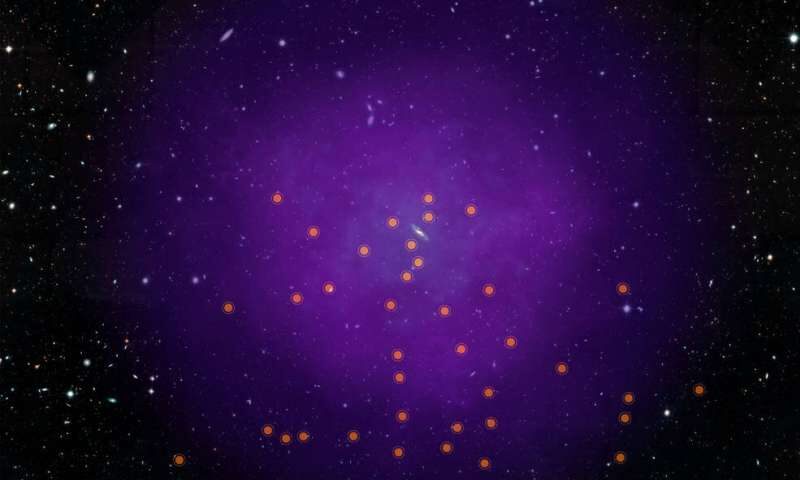
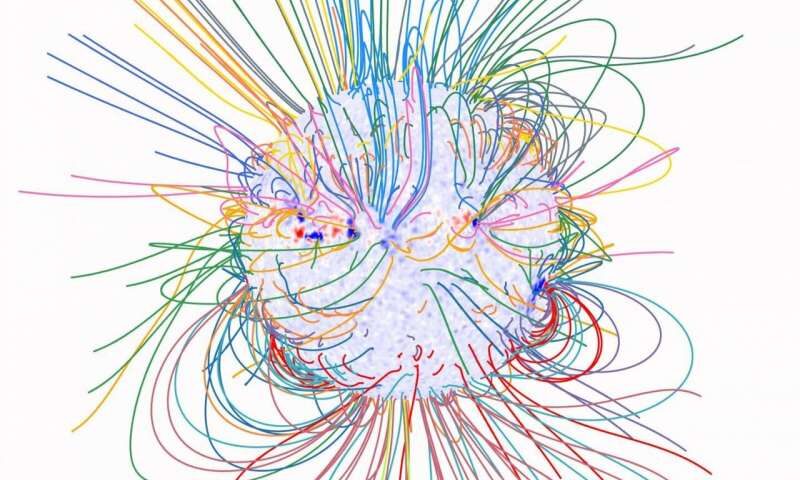
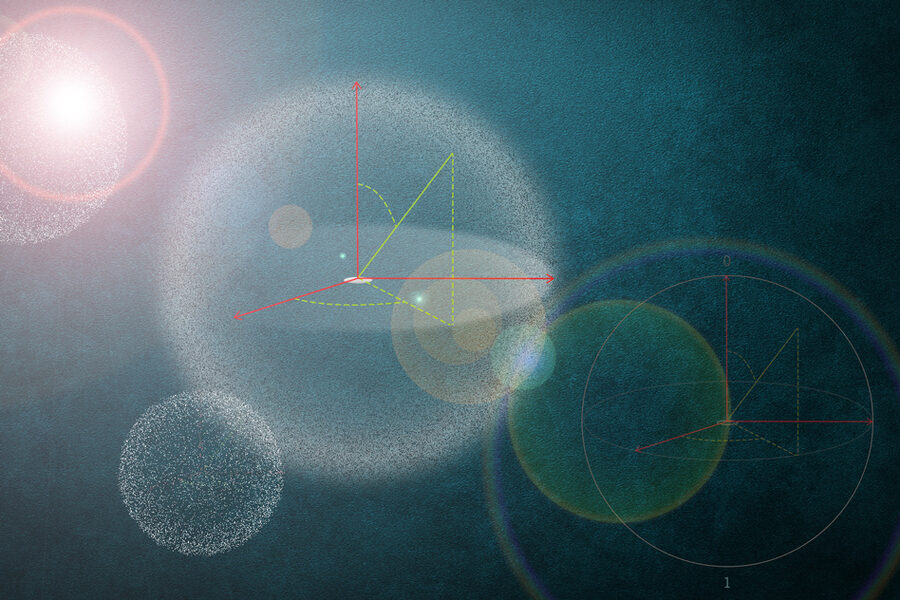
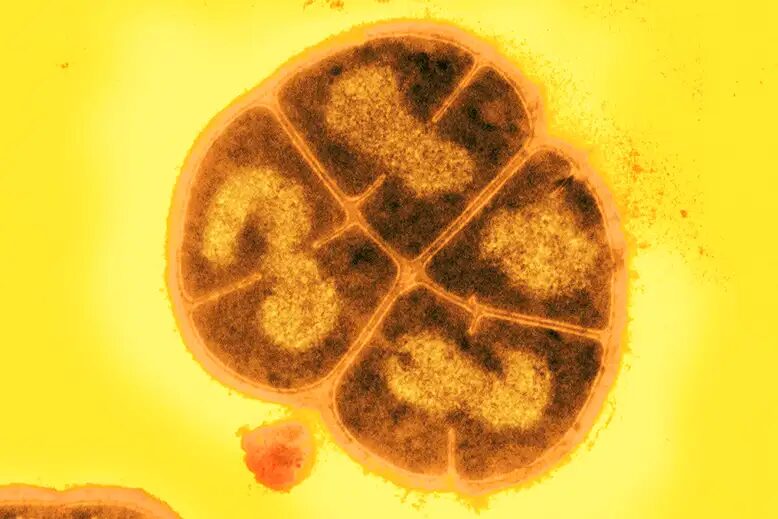




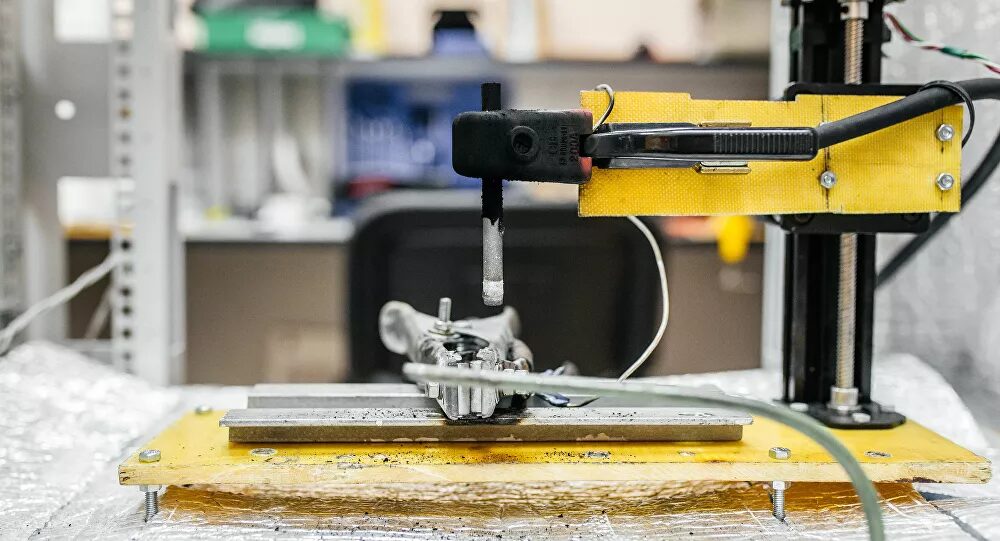
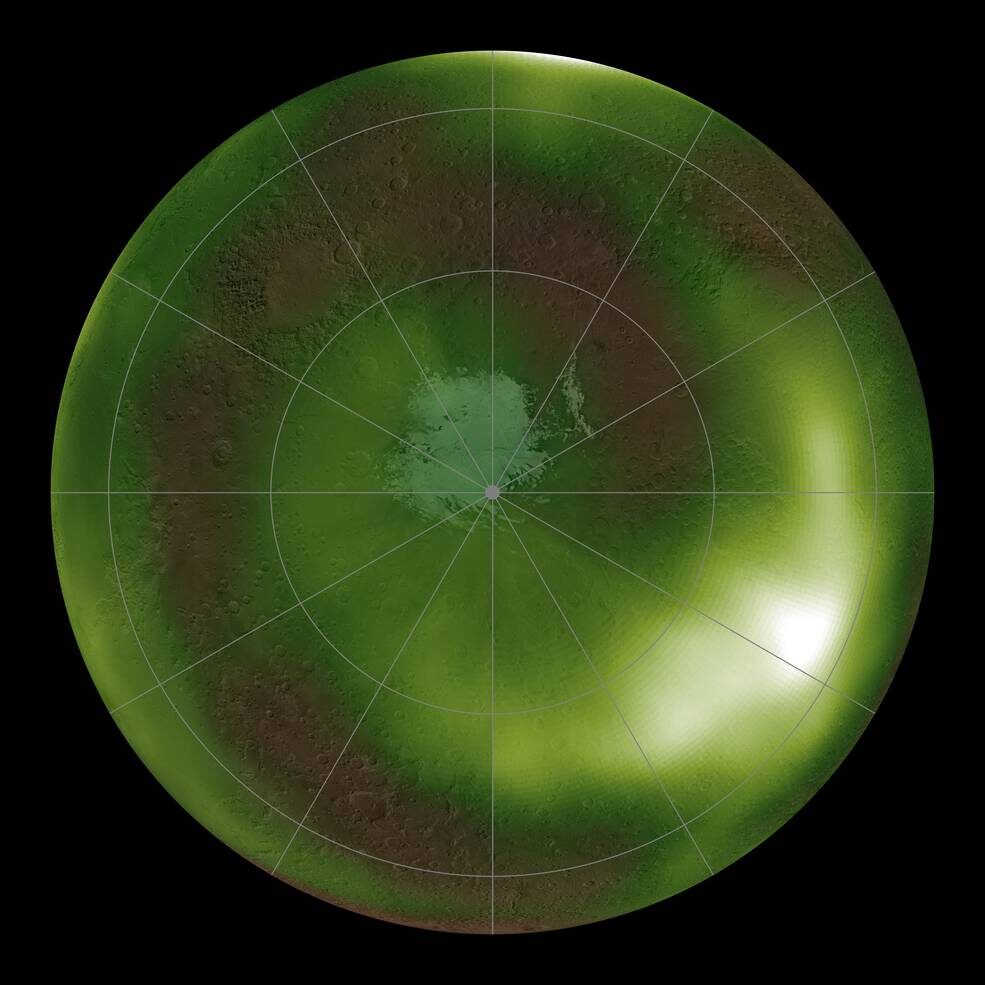



Comment: See also: